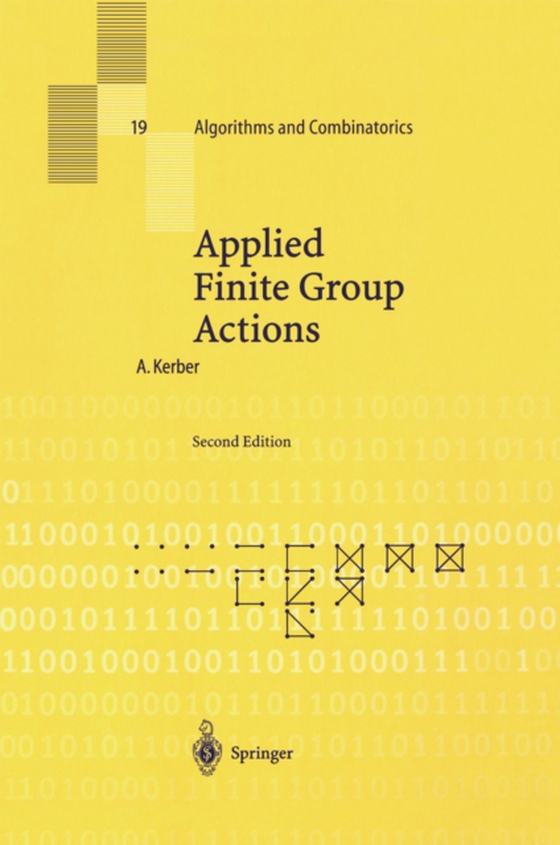
Applied Finite Group Actions e-bog
948,41 DKK
(inkl. moms 1185,51 DKK)
Also the present second edition of this book is an introduction to the theory of clas- sification, enumeration, construction and generation of finite unlabeled structures in mathematics and sciences. Since the publication of the first edition in 1991 the constructive theory of un- labeled finite structures has made remarkable progress. For example, the first- designs with moderate parameters we...
E-bog
948,41 DKK
Forlag
Springer
Udgivet
17 april 2013
Genrer
PBD
Sprog
English
Format
pdf
Beskyttelse
LCP
ISBN
9783662111673
Also the present second edition of this book is an introduction to the theory of clas- sification, enumeration, construction and generation of finite unlabeled structures in mathematics and sciences. Since the publication of the first edition in 1991 the constructive theory of un- labeled finite structures has made remarkable progress. For example, the first- designs with moderate parameters were constructed, in Bayreuth, by the end of 1994 ([9]). The crucial steps were - the prescription of a suitable group of automorphisms, i. e. a stabilizer, and the corresponding use of Kramer-Mesner matrices, together with - an implementation of an improved version of the LLL-algorithm that allowed to find 0-1-solutions of a system of linear equations with the Kramer-Mesner matrix as its matrix of coefficients. of matrices of the The Kramer-Mesner matrices can be considered as submatrices form A"e; (see the chapter on group actions on posets, semigroups and lattices). They are associated with the action of the prescribed group G which is a permutation group on a set X of points induced on the power set of X. Hence the discovery of the first 7-designs with small parameters is due to an application of finite group actions. This method used by A. Betten, R. Laue, A. Wassermann and the present author is described in a section that was added to the manuscript of the first edi- tion.
 Dansk
Dansk

